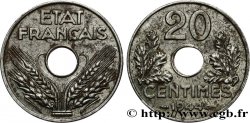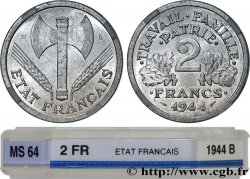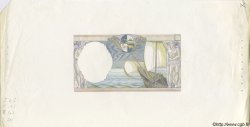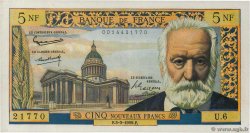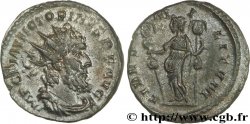fmd_330107 - Préparation de la 20 francs Pétain, grand module, 30 mm, 15 g - Essai en cupro-nickel n.d. Paris GEM.174 4
недоступный.
Товар уже продан в нашем интернет-магазине (2019)
Цена: : 320.00 €
Товар уже продан в нашем интернет-магазине (2019)
Цена: : 320.00 €
Тип Préparation de la 20 francs Pétain, grand module, 30 mm, 15 g - Essai en cupro-nickel
Дата: 1929 / 1939
Дата: n.d.
Монетный двор / Город: Paris
Количество отчеканенных монет: 30
Металл: copper nickel
Диаметр: 29,92 mm
Ориентация осей монеты: 6 h.
Вес: 15,15 g.
Век: striée
Редкость: R3
Комментарии о состоянии
Jolie ombre de patine de teinte rouge autour des reliefs, superbe frappe en camée
Ссылки в каталоге: :
Происхождение:
Cet exemplaire provient de la Collection Michel
Лицевая сторона
Аверс: легенда: REPUBLIQUE - FRANÇAISE // 1939.
Аверс: описание: buste de la République à droite coiffée d'un bonnet phrygien, vêtue d'une tunique ornée d'une tête de lion, tenant une branche d’olivier de la main droite ; signé P. TURIN devant le cou.
Обратная сторона
Реверс: легенда: 10 / FRANCS / 1929 / LIBERTE / EGALITE / FRATERNITE // ESSAI.
Реверс: Описание: en sept lignes, entre deux épis de blé verticaux.
Комментарий
Selon les informations manuscrites obtenues sur cette série d’essais, la série des six variétés en 30 mm aurait comme poids maximum 14 g. Or, celui-ci pèse très nettement plus de 14 grammes et il semble totalement improbable qu’une telle erreur ait eu lieu. Notre manuscrit ne serait-il pas complet ? L’hypothèse du piéfort est exclue, il s’agit d’essais de travail, pas de présentations de prestige d’un type. Cet essai ne porte que la corne d’abondance et pas de différent de graveur général. Si nous savons que les autres modules et poids furent frappés à 30 exemplaires, il est probable que celui-ci, pour lequel nous n’avons pas d’informations, ait frappé à bien moins que trente, probablement moins de 10.
According to the handwritten information obtained on this series of tests, the series of six varieties in 30 mm would have a maximum weight of 14 g. However, this one weighs very clearly more than 14 grams and it seems totally unlikely that such an error occurred. Would our manuscript not be complete? The hypothesis of the piéfort is excluded, these are working tests, not prestigious presentations of a type. This test only bears the cornucopia and no difference of general engraver. If we know that the other modules and weights were struck in 30 examples, it is likely that this one, for which we have no information, was struck in much less than thirty, probably less than 10
According to the handwritten information obtained on this series of tests, the series of six varieties in 30 mm would have a maximum weight of 14 g. However, this one weighs very clearly more than 14 grams and it seems totally unlikely that such an error occurred. Would our manuscript not be complete? The hypothesis of the piéfort is excluded, these are working tests, not prestigious presentations of a type. This test only bears the cornucopia and no difference of general engraver. If we know that the other modules and weights were struck in 30 examples, it is likely that this one, for which we have no information, was struck in much less than thirty, probably less than 10







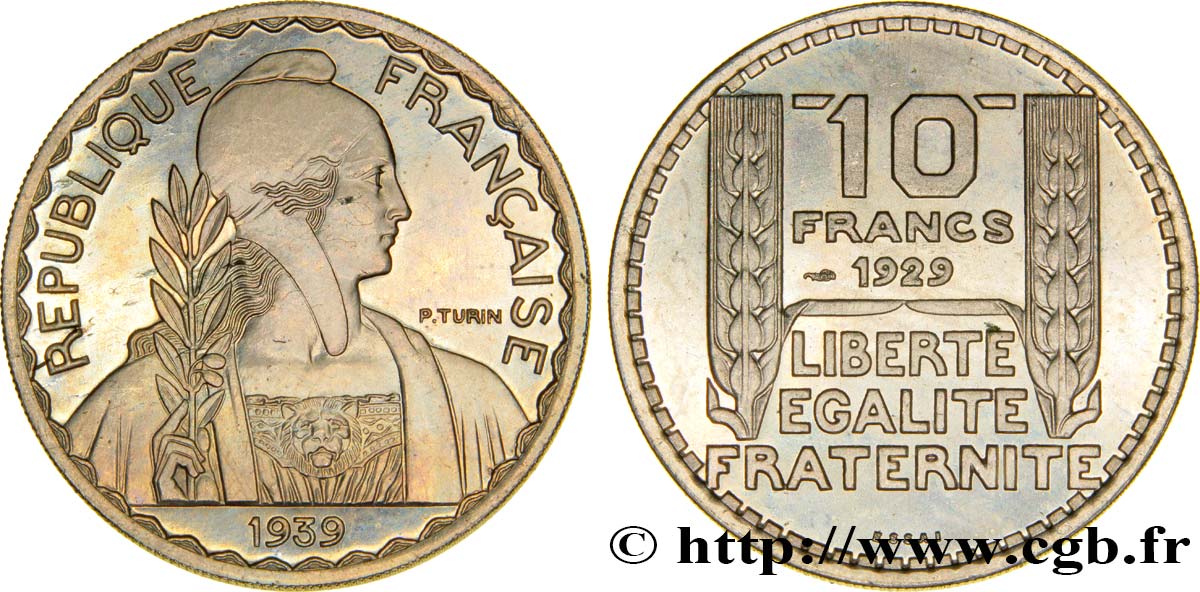
 Cообщить об ошибке
Cообщить об ошибке Распечатать страницу
Распечатать страницу Отправить мой выбор
Отправить мой выбор Задать вопрос
Задать вопрос Consign / sell
Consign / sell
 Информация
Информация